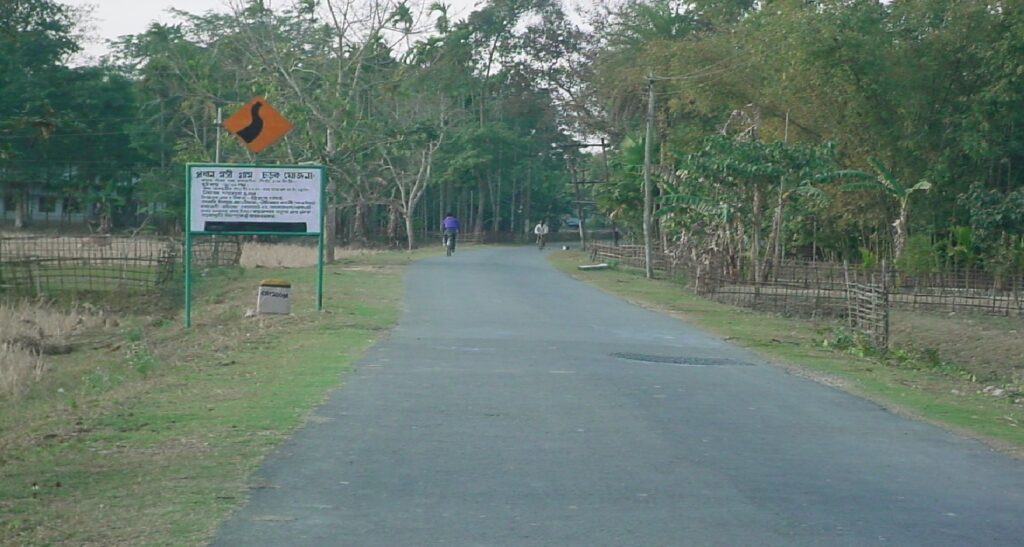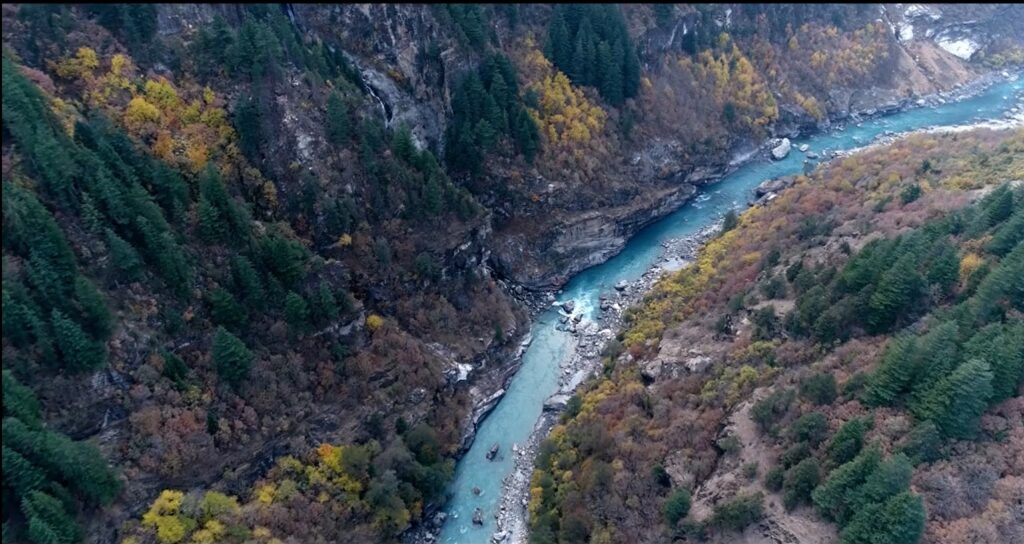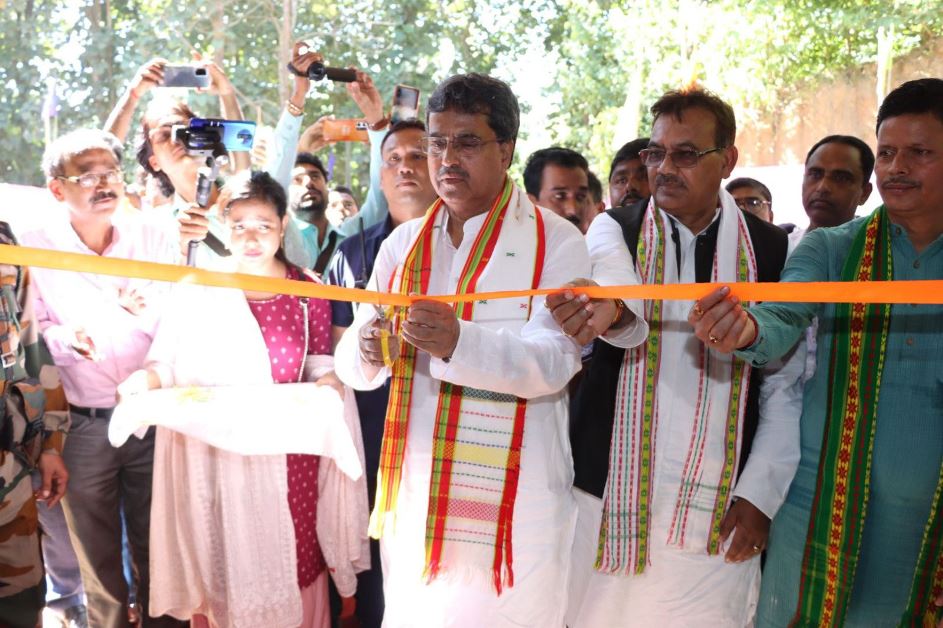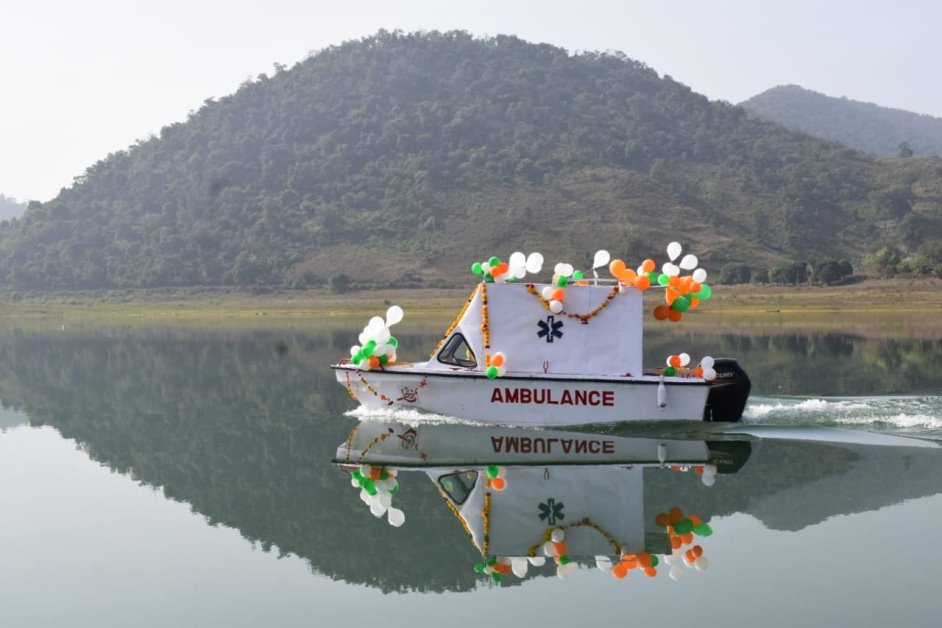Currently, most rural roads are not all-weather roads and there is a lack of connectivity in remote areas.
 Priyanka Saurabh
Priyanka Saurabh

Infrastructure plays an important role in the economic development of any country. Currently, 65% of India’s population lives in rural areas. If we talk about rural infrastructure in the country, it is important for the eradication of poverty in agriculture, agro-industries, and rural areas. Fundamentally, rural infrastructure has the potential to provide people with basic facilities that can improve their quality of life. To give an example, the development of rural infrastructure can lead to better access to market centers for rural producers, better input, and lower raw material availability and mobility.

Rural Road Infrastructure Scheme provides mobility and connectivity to people living in rural areas. It greatly promotes agricultural activities by providing water, seeds, and other raw materials to the farmers. By improving connectivity, rural roads increase employment opportunities for rural people in the non-agricultural sector, thereby increasing livelihood opportunities. Rural roads also ensure that rural areas are served with better public services and that all the benefits provided by the state reach the remote areas easily. They can also provide access to education and health services.
The rural electrification infrastructure scheme basically caters to the needs of other activities including agriculture and irrigation pump sets, small and medium industries, khadi and village industries, cold storage chains, health, and education. Rural water supply planning systems and sources can be stabilized and the water quality problem can be dealt with, which enhances the good health of the people. The Rural Housing Infrastructure Scheme has the potential to improve the standard of living of the people. Overall and according to various studies, the development of rural electricity, irrigation, water, sanitation, and road infrastructure can increase productivity, savings, income, and tourism and will result in better employment and health of rural people.
Pradhan Mantri Awas Yojana (PMAY – Rural) Providing housing for all by 2022 and PMAY-G aims at providing pucca (permanent) houses and other basic civic amenities such as piped drinking water, power supply, and liquefied petroleum gas (LPG) connections. is. Jal Jeevan Mission is to provide functional domestic tap connection to water from every rural house i.e. every house tap by 2024. There are many factors that have presented a challenge for rural development, such as the availability of land is a constant clamor for land for agriculture, agro-based industries, and housing in rural areas to meet the housing demands of the rural population Is a serious obstacle. This implies that the vision of ‘Housing for All’ would require the acquisition/supply of large land parcels on a regular basis.
Inadequate Financing Inadequate access to formal sources of finance for the rural population has been an issue in the rural housing sector. Lack of proper documentation / stable source of income for the rural population has been an obstacle in securing formal finance. Legal bottlenecks are an obstacle for major players in real estate in exploiting vast land capacity in rural areas, reinforced by poor enforcement of laws against the encroachment of public lands. There is a lack of clear titles for private land due to the artificial scarcity of land in rural areas. Another major issue is the absence of large-scale digitization of land records and easy access to such records for the scrutiny of land-holding titles.
The poor state of rural road network India has one of the largest and dense rural road networks worldwide. However, 2.7 million km of the rural road network is in poor condition. Currently, most rural roads are not all-weather roads and there is a lack of connectivity in remote areas. So many reforms are necessarily necessary for the development of rural infrastructure, promoting rural affordable housing to ensure ‘Housing for all’ by 2022 and easy land use and finance and affordable financing mechanisms for affordable housing initiatives. Access required. For this, the government is setting up an affordable housing fund in the National Housing Bank, which can be funded by lack of priority sector lending.
All roads are covered by the construction contract with the same contractor as well as a five-year maintenance contract as per the standard bid document (SBD) and improvement in the condition of roads under PMGSY.

The policy framework for the maintenance of the road is to be implemented at the state level by the National Rural Infrastructure Development Agency in collaboration with the International Rural Organization. Ensuring greater fund availability, accepting feedback from the Mari Sadak app, and improving last-mile connectivity in rural areas. Improving coverage of basic civic amenities, enhancing the accountability of GPRS to the service delivery model, improving the ability of local government to initiate and implement quality infrastructure projects in rural areas. And creating awareness among the rural population about user fees/charges for quality services/facilities.

A change in the institutional structure of the Central Water Commission and the Central Ground Water Board is needed to make water management more holistic and multi-disciplinary, by bringing structural changes in the regulatory environment by improving the drinking water supply. A model law on the water resources regulatory mechanism can be drafted and implemented at the state level. Rural infrastructure can accelerate overall development and meet the special need of self-reliant India by bringing 69% Indian population with all types of good infrastructure connectivity.





